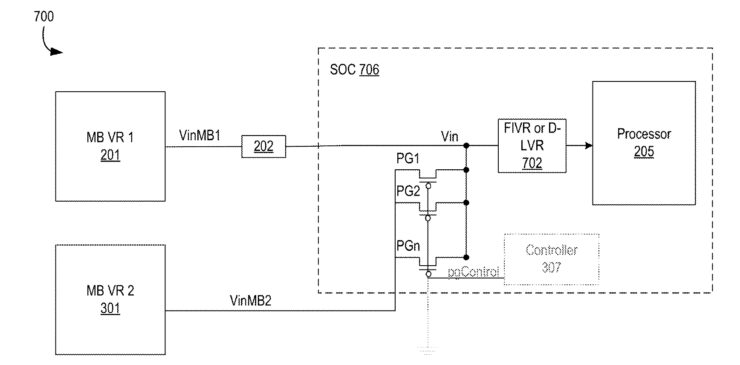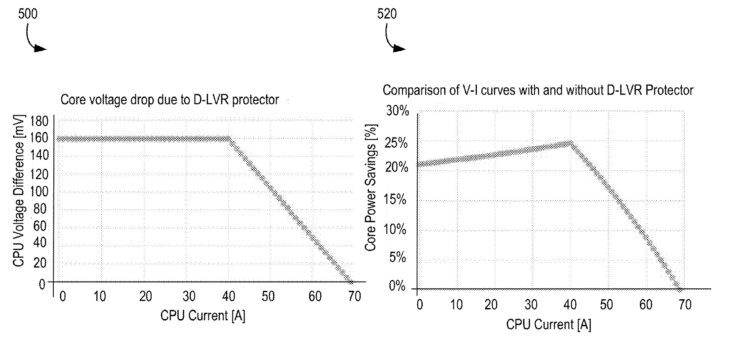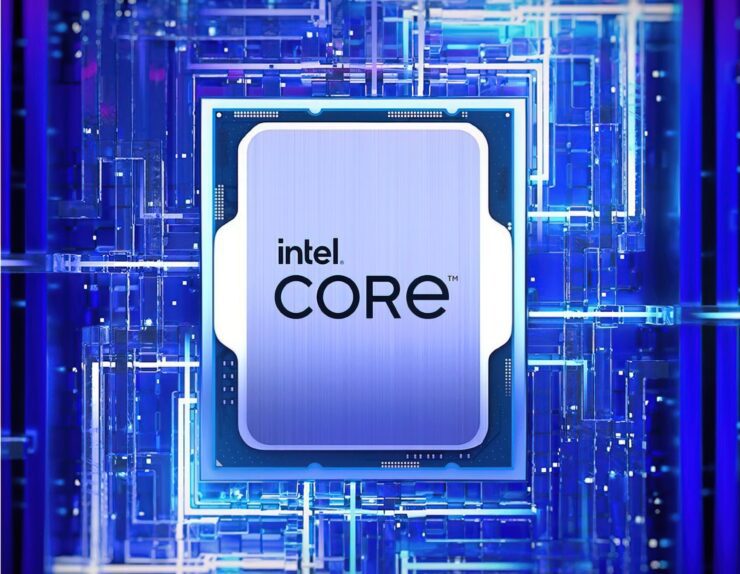The Intel-developed Digital Linear Voltage Regulator (DLVR), a power delivery system, was designed to be used in 13th-generation CPUs. The Raptor Lake CPUs from Intel were to use the idea, which was designed to increase efficiency.
Intel DLVR improves power efficiency by regulating voltages with the motherboard’s power. Intel DLVR was to function as an extra regulator working with the primary voltage regulator on the motherboard. This was first discovered on Reddit in a published patent called “Digital Linear Regulator Clamping Method and Apparatus.” The procedure was to be less complicated while enabling cost-effective power level regulation and improved heat dissipation. Improvements in efficiency and management would increase by 20% as a result.

The patent for Intel DLVR showed a voltage decrease of 160 mV and as much as 25% when compared to conventional techniques.

The 13th Gen Raptor Lake CPUs from Intel were supposed to be the first to employ the new DLVR design, but midway through development, they were fused to bypass mode. The only reason ASUS included this option on their most recent ROG Z790/Z690 motherboards is because they believe that certain future CPUs may still support DLVR. The “CPU DLVR Bypass Mode Enable” BIOS setting does not appear to activate any notably better system performance.

The company’s overclocking expert, “Shamino,” an employee of ASUS, confirmed that the support was available but that no desktop CPU is currently able to use it. Before being abandoned early in the development of Raptor Lake CPUs, two other board manufacturers confirmed to us that DLVR was in fact on its way to the desktop market. The technique was primarily only useful for mobile processors, so that’s where we may first see it introduced before it enters the desktop market.

The precise architecture that will allow DLVR in the future is uncertain. Whether it will be in Meteor Lake has not been confirmed by Intel. The 15th-Gen Arrow Lake CPU family will be compatible with the 14th-Gen Meteor Lake CPUs because they both use the most recent LGA 1851 socket.
Also Read:








